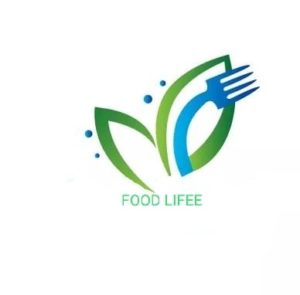Hypertension is considered one of the most common and most dangerous diseases of the age, as it is called a silent killer, because the patient has no symptoms, although the effect of this disease may be dangerous and life-threatening to the patient, due to the damage it causes, especially to the blood vessels and arteries .
A hypertensive patient is recommended to follow the Dash diet, in addition to physical activity, especially for people who are overweight, obese or have diabetes. Because these two factors help increase the risk of high blood pressure.
Now let’s get to know these two diet in detail.
Dash diet
A set of nutritional recommendations to control high blood pressure, which is a diet rich in dietary fiber such as vegetables and fruits, and low in sodium, saturated fat and sugars. And following this diet with regular exercise may lead to high blood pressure control.
This diet is easy to apply and its benefit is not only limited to controlling high blood pressure, but also reduces the risk of stroke and cardiovascular disease.
Dietary recommendations for the Dash Diet:
1 Eat 6-8 servings of whole-grain bran a day, as it is rich in dietary fiber and low in fat.
2 Eat 4-5 servings of vegetables and fruits daily. Vegetables and fruits contain high levels of dietary fiber important to a healthy body. They are also rich in potassium, which has a role in lowering blood pressure, and vegetables rich in potassium (spinach, tomatoes, pumpkin) and rich fruits Potassium (apricots, bananas, avocados, oranges, dates).
3 Eat 2-3 servings of low-fat milk products daily. It is a rich source of protein and calcium, which plays a role in regulating blood pressure.
4 Eat 4-5 servings of nuts, legumes and seeds per week.
5 Choose unsalted nuts, as they are a source rich in unsaturated fats that may maintain normal cholesterol levels in the blood. They are also rich in antioxidants that help protect body cells and thus ensure the normal flow of blood in them.
6 Reduce fat intake to two servings per day, as a diet low in saturated fat has a role in reducing the chances of developing cardiovascular disease and high blood pressure.
7 Reduce salt intake. Each teaspoon of salt contains 2300 mg of sodium. In the event of high blood pressure, it is recommended to reduce sodium intake to 1500 mg daily.
It should be noted that sodium is not limited to table salt that we add to food. There are other sources of sodium that we may not be aware of such as baked goods, canned and processed meat, ready-made soups, salted cheeses, and ready-made sauces.
Among the tips to reduce sodium intake:
Cut down on processed meats as well as ready-made sauces.
Get rid of water in cans or choose unsalted cans.
Ⅶ keep the salted away from the dining table.
Ⅶ Do not neglect to exercise regularly. Physical activity has a role in maintaining heart health. Make sure to exercise at least 150 minutes per week.
Ⅶ Reham Selim – Senior Clinical Dietitian, Clinical Nutrition Department










Amoxicillin Without Prescriptin
Prezzo Cialis Italia
Diovan For Sale Mexico
Importing Kamagra Into Uk
vente viagra en ligne
Kamagra 100mg Marsiglia
Priligy Vs Prozac
Buying Provera
Purchase Medrol Dose Packs
kamagra women effects
Viagra Quel Cas
Buy Propecia No Prescription Uk
Bentyl Internet
Generic Viagra 100mg Tablets
Cheaper Rx4u
Viagra Effet Photo
Ship Fast Doxycycline
Priligy Au Sri Lanka
Furosemide And Alcphol
cialis moins cher paris
get cialis without prescriptions
Men’S Health Pharmacy Viagra